When looking for the right soundproofing material, many people may consider foam, specifically polystyrene (PS), commonly known as Styrofoam. But Styrofoam Soundproof: Is Styrofoam a Viable Option for Soundproofing?
This article will explore the effectiveness of Styrofoam in soundproofing and its use in soundproofing projects.
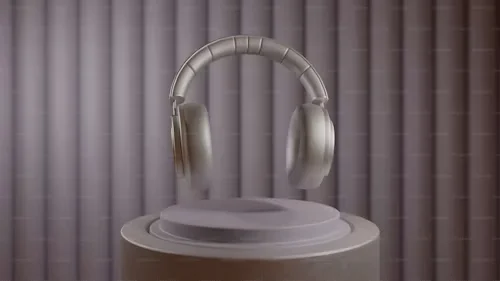
What is Styrofoam
Styrofoam is a trademarked brand of expanded polystyrene foam (EPS) material, commonly used in a wide range of applications due to its lightweight and insulating properties.
It is manufactured by expanding polystyrene beads in a mold, using steam or a blowing agent, to create a foam product with a closed-cell structure.
However, it’s not biodegradable and can have environmental impacts if not disposed of properly.
Characteristics and Structure of Styrofoam
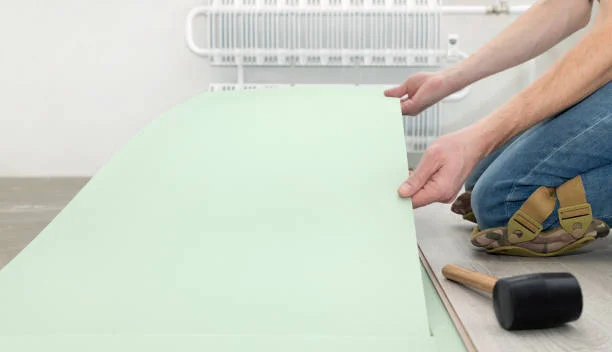
Styrofoam, a trademarked brand of expanded polystyrene foam (EPS), boasts several distinctive characteristics and a unique structure that make it suitable for various applications. Let’s delve into its key characteristics and structure:
Lightweight:
One of the most prominent features of Styrofoam is its lightweight nature. Due to its composition of expanded polystyrene beads, it is exceptionally light, making it easy to handle, transport, and work with.
Insulating Properties:
Styrofoam is prized for its excellent thermal insulation properties. The closed-cell structure of the foam traps air within its cells, effectively slowing down the transfer of heat. This insulation capability makes Styrofoam a popular choice for packaging materials and construction insulation.
Versatility:
Styrofoam is highly versatile and can be molded, cut, or shaped into various forms to suit different applications. Whether it’s used as packaging material, insulation boards, or in craft projects, its versatility allows for a wide range of uses.
Closed-Cell Structure:
The structure of Styrofoam consists of numerous closed cells, which are pockets of air surrounded by solid material. This closed-cell structure enhances its insulating properties by minimizing heat transfer through convection and conduction.
Durable and Water-Resistant:
Styrofoam exhibits durability and water resistance, making it suitable for applications where moisture resistance is required. It does not easily degrade or deteriorate when exposed to moisture, which enhances its longevity and reliability in various environments.
Affordability:
Another significant characteristic of Styrofoam is its affordability. It is a cost-effective material compared to many other insulation or packaging options, making it a preferred choice for budget-conscious projects.
Color Options:
While traditional Styrofoam is often white or light blue, it can be manufactured in various colors to meet specific aesthetic or branding requirements.
In summary, Styrofoam’s characteristics, including its lightweight nature, excellent insulation properties, versatility, closed-cell structure, durability, water resistance, affordability, and color options, make it a popular choice for a wide range of applications in industries such as packaging, construction, and crafting.
Is Styrofoam a Viable Option for Soundproofing?
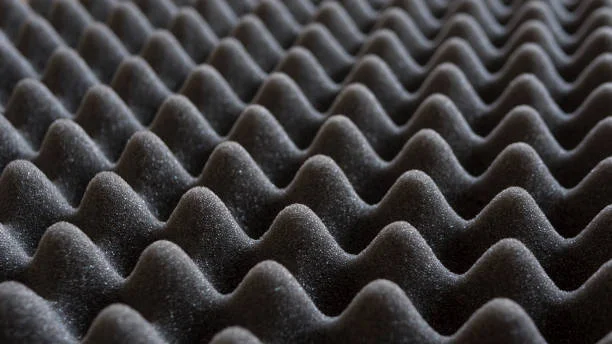
Using Styrofoam as a soundproofing material is a topic of debate among experts. While Styrofoam has some properties that can help absorb and block sound to a certain extent, it may not be as effective as other specialized soundproofing materials.
Styrofoam’s closed-cell structure does provide some level of sound absorption, as it can trap and dissipate sound waves. This makes it suitable for reducing echoes and reverberation in small spaces, such as home recording studios or home theaters. Additionally, Styrofoam panels can be used as DIY soundproofing solutions for walls, ceilings, or floors in areas where minimal soundproofing is required.
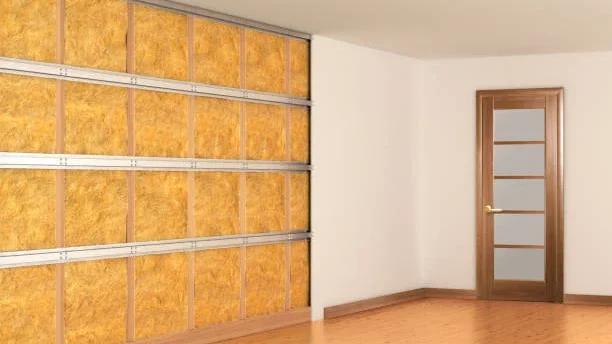
However, when it comes to blocking external noise or reducing sound transmission between rooms, Styrofoam may have limitations. Its effectiveness in blocking low-frequency noise, such as traffic or machinery sounds, may be limited compared to heavier and denser materials like acoustic foam or mass-loaded vinyl.
Can I use styrofoam for soundproofing ? While Styrofoam is affordable and easy to work with, it may not meet the acoustic performance requirements of more demanding soundproofing projects. In scenarios where higher levels of sound insulation are necessary, investing in purpose-built soundproofing materials designed for that specific purpose may be more effective.
In conclusion, while Styrofoam can offer some benefits for soundproofing in certain situations, its effectiveness may be limited compared to specialized soundproofing materials. It can be a viable option for DIY projects or applications where minimal soundproofing is required, but for more comprehensive soundproofing solutions, other materials may be more suitable.
Comparison With Other Sound Insulation Materials
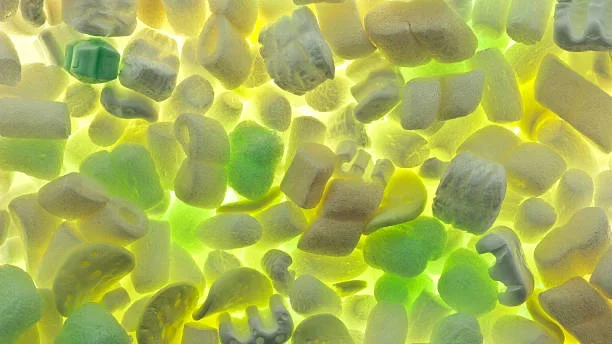
When considering Styrofoam for sound insulation, it’s essential to compare it with other commonly used soundproofing materials to understand its effectiveness and limitations. Let’s compare Styrofoam with a few alternatives:
Acoustic Foam Panels:
- Acoustic foam panels are specifically designed for sound absorption and are widely used in recording studios, home theaters, and other sound-sensitive environments.
- Compared to Styrofoam, acoustic foam panels typically have a more open-cell structure, which enhances their ability to absorb sound waves across a broader frequency range.
- Acoustic foam panels are often more effective at reducing echoes, reverberations, and mid-to-high frequency noise than Styrofoam.
Mass-Loaded Vinyl (MLV):
- MLV is a dense, flexible material designed to block airborne sound transmission. It is commonly used in walls, ceilings, and floors to reduce noise from outside sources or between rooms.
- Unlike Styrofoam, MLV is specifically engineered to add mass and density, making it highly effective at blocking both high and low-frequency noise.
- While MLV is more expensive than Styrofoam, it offers superior soundproofing performance, especially in situations where blocking external noise is a priority.
Fiberglass Insulation:
- Fiberglass insulation is a common material used for thermal and sound insulation in buildings. It consists of fine glass fibers and is available in batts, rolls, or loose-fill form.
- Compared to Styrofoam, fiberglass insulation is denser and has better sound-absorbing properties. It can effectively reduce airborne sound transmission and improve acoustic comfort within a space.
- Fiberglass insulation may require professional installation and protective measures to prevent skin irritation from handling the fibers.
Rockwool (Mineral Wool):
- Rockwool is a mineral-based insulation material made from rock or slag. It is dense, fire-resistant, and offers excellent sound absorption and thermal insulation properties.
- Similar to fiberglass insulation, Rockwool is denser and more effective at absorbing sound compared to Styrofoam. It can be used in walls, ceilings, and floors to improve acoustic performance.
- Rockwool is more durable and fire-resistant than Styrofoam, making it suitable for use in high-temperature or fire-rated applications.
In summary, while Styrofoam can provide some level of sound insulation, especially in DIY projects or applications where minimal soundproofing is required, it may not match the performance of specialized soundproofing materials such as acoustic foam panels, mass-loaded vinyl, fiberglass insulation, or Rockwool.
Depending on the project’s specific requirements, it’s essential to consider each material’s acoustic properties, cost, durability, and installation requirements to determine the most suitable option for achieving the desired level of soundproofing.
Environmental impact and sustainability considerations
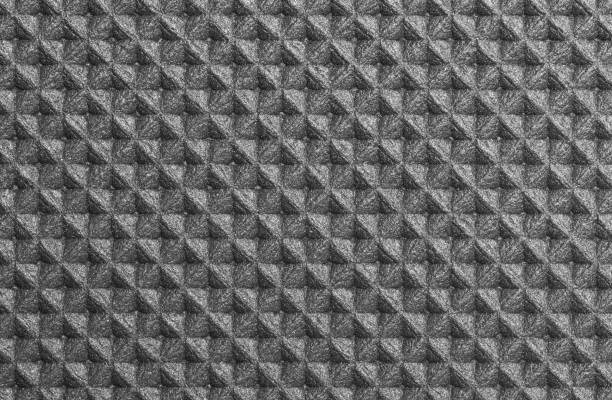
When considering Styrofoam for soundproofing, it’s important to note its environmental impact. Styrofoam’s non-biodegradability, reliance on non-renewable resources, release of harmful chemicals during production, and challenges in waste management highlight significant environmental concerns.
Exploring sustainable alternatives like biodegradable materials, recycled content, or natural resources is crucial for minimizing environmental harm while achieving soundproofing goals.
Conclusion

Considering the advantages and limitations of Styrofoam as a sound insulation material, we can conclude that although Styrofoam can provide a certain degree of sound insulation in some situations, it may not be possible when dealing with higher noise levels or pursuing higher sound insulation performance.
Other more specialized soundproofing materials need to be considered. In addition, considering their environmental impact and sustainability issues, sound insulation materials should be selected with comprehensive consideration of their performance and environmental impact to ensure optimal sound control and reduce negative impact on the environment.
